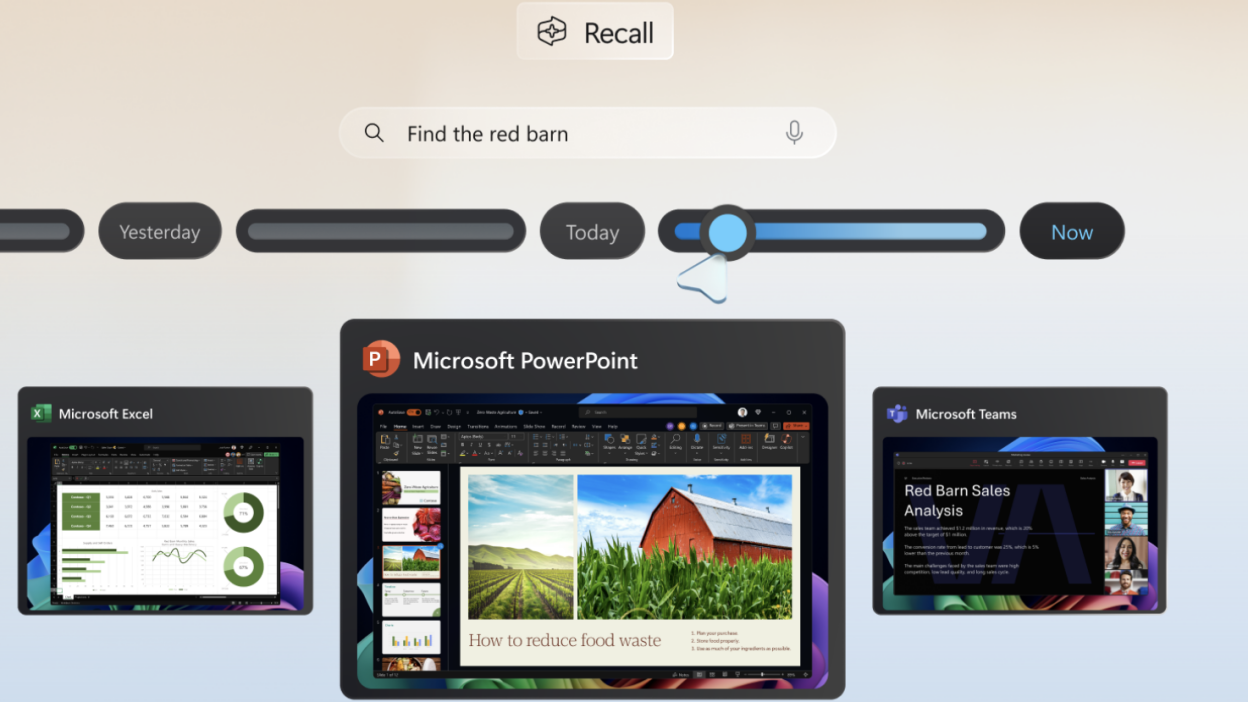Apple AI: Revolutionizing User Experience with Apple Intelligence
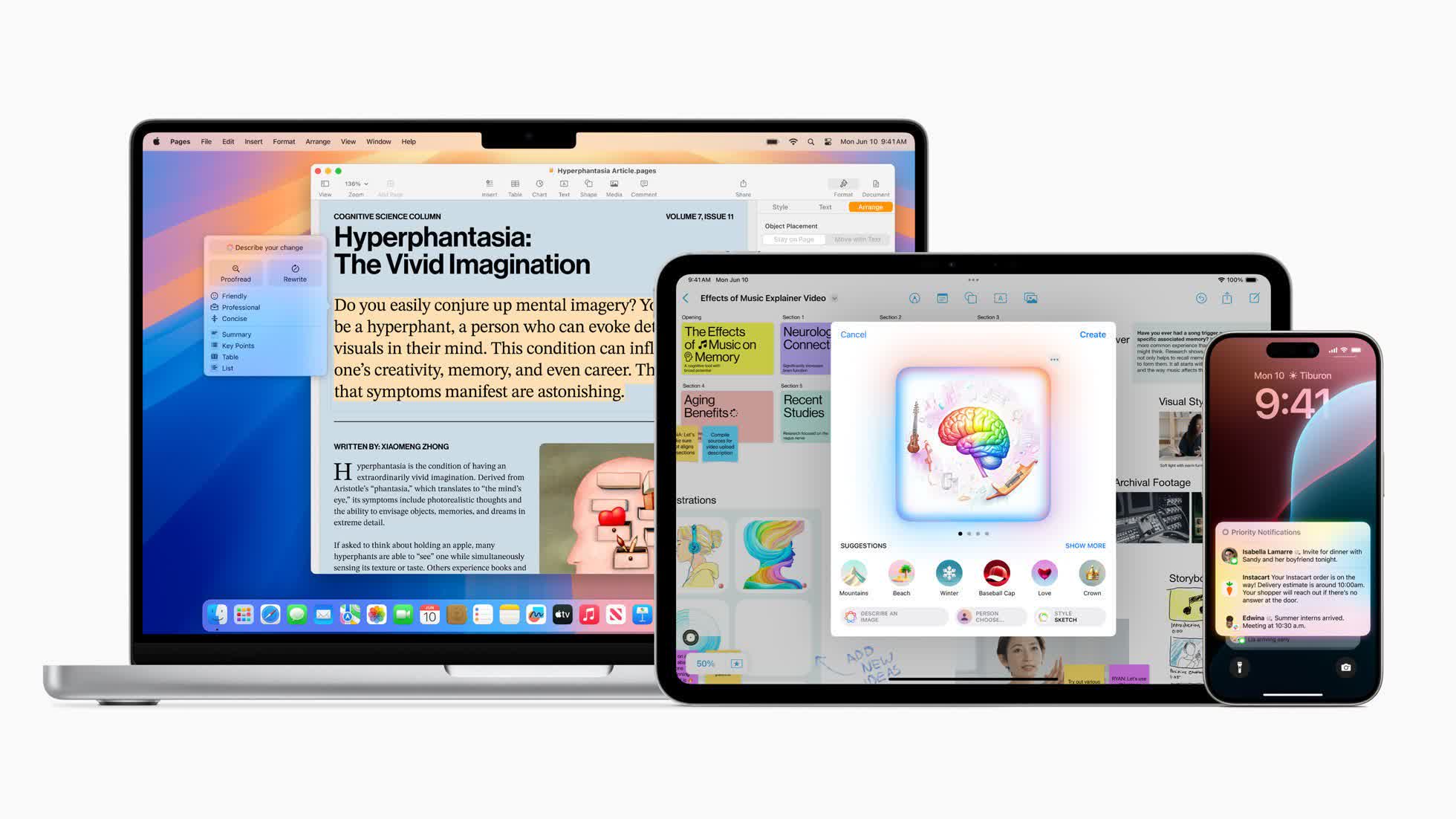
Apple’s recent WWDC keynote showcased a transformative approach to artificial intelligence (AI), rebranding it as Apple Intelligence. This marks a significant shift in how Apple integrates and communicates its AI capabilities. Here’s a comprehensive look at Apple’s new AI advancements and their implications.
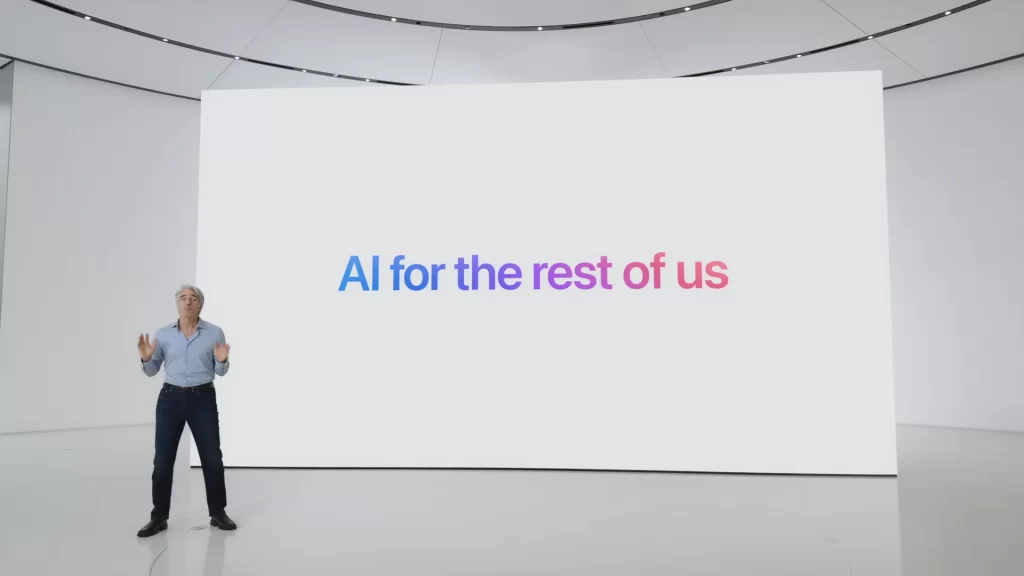
VisionOS and Vision Pro
Enhancements and New Features
Apple announced VisionOS 2.0 for the Vision Pro, bringing several new features that enhance user interaction. These include a new wrist turn gesture to quickly check time and battery percentage, and improved media features that use machine learning to create spatial photos from old images. Additionally, Mac mirroring now benefits from foveated rendering, doubling the resolution and providing more space for activities. These updates, though not groundbreaking, offer practical improvements to the Vision Pro experience.
iOS 18: Customization and AI Integration
Home Screen Customization
iOS 18 introduces significant customization options, allowing users to place icons anywhere on the home screen grid. A new theme engine lets users match icon and widget colors with their wallpaper, enhancing personalization. This level of customization, previously available on Android, is now accessible to iPhone users.
AI-Powered Features
Apple Intelligence integrates AI into various iOS functions. For instance, writing tools in apps like Pages and Keynote can summarize, rewrite, or proofread text using large language models. The Photos app now includes a Clean Up tool to remove unwanted elements from images, similar to Google Photos’ Magic Eraser.
Siri and Advanced AI Tools
Enhanced Siri Capabilities
Siri has been updated to utilize large language models, improving its contextual understanding and response accuracy. Users can now type to Siri instead of speaking, and new full-screen animations provide a more engaging interaction. Later this year, Siri will also be able to perform actions within apps, enhancing its utility.
Generative AI Applications
Apple introduces generative emojis and an Image Playground for creating custom images in various styles. These tools demonstrate the potential of generative AI in everyday applications, providing users with creative and practical solutions.
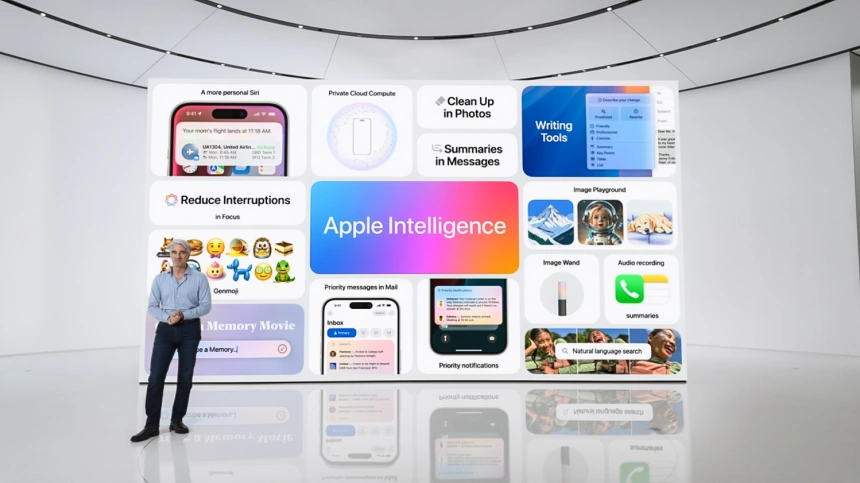
Privacy and AI: A Thoughtful Approach
On-Device Processing
Apple emphasizes privacy in its AI implementations, with most AI processing occurring on-device. This ensures user data remains secure and private. For more complex tasks requiring external models, Apple uses Private Cloud Compute, ensuring data is processed securely without being stored or tracked by external entities like OpenAI.
User Consent and Transparency
Whenever AI tasks require cloud-based processing, users are prompted for explicit consent. This transparency allows users to make informed decisions about their data, maintaining control over their privacy.
AI in Apple Devices
Integration Across Devices
Apple Intelligence is integrated into various Apple devices, including the iPhone 15 Pro, iPads with M1 or later, and Macs with M1 or later. This cross-device integration ensures a seamless user experience, leveraging AI to enhance functionality and performance.
Specific Use Cases
The Insta360 X4 review reveals potential applications for Apple Intelligence. For example, the X4’s AI-driven features like Deep Track 3.0 for object tracking and advanced image processing could benefit from Apple’s AI capabilities, improving video editing and content creation.
Apple’s AI Vision and Future
Thoughtful AI Implementation
Apple’s approach to AI is characterized by a focus on user benefits and privacy. AI features are integrated to enhance user experience without compromising security. This thoughtful implementation ensures that AI tools are useful, safe, and respect user privacy.
Reducing Screen Time
Apple envisions AI as a tool to help users spend less time on their devices. By making interactions more efficient and integrating AI deeply into apps, Apple aims to provide users with more meaningful, less intrusive technology.
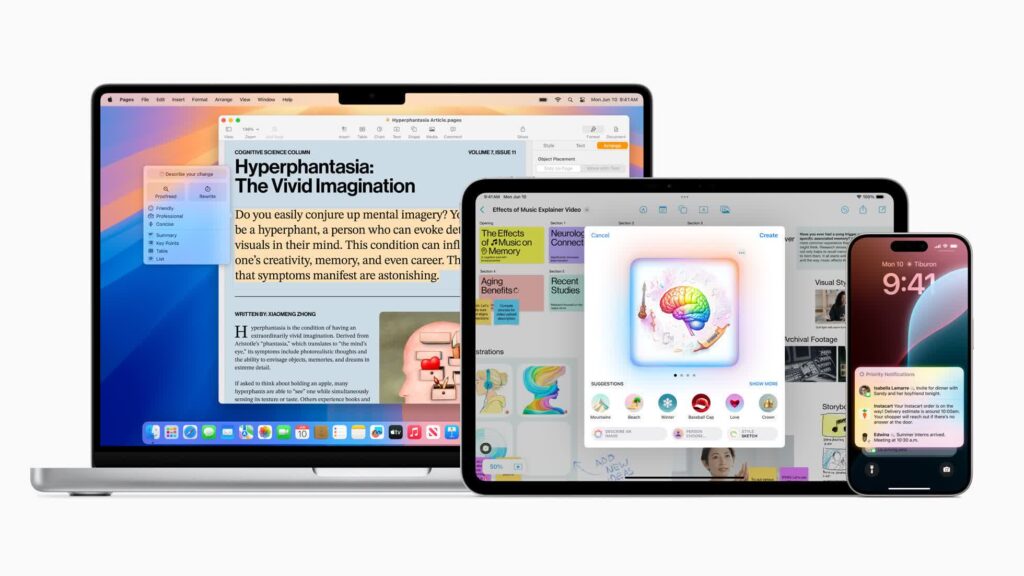
Conclusion: A New Era of Apple Intelligence
Apple’s rebranding of AI to Apple Intelligence signifies a strategic shift in how it leverages AI to enhance user experience. With advanced AI tools, increased customization, and a strong focus on privacy, Apple Intelligence represents a significant step forward in technology. These innovations promise to deliver more intuitive, efficient, and secure interactions, paving the way for a future where AI seamlessly integrates into daily life.


